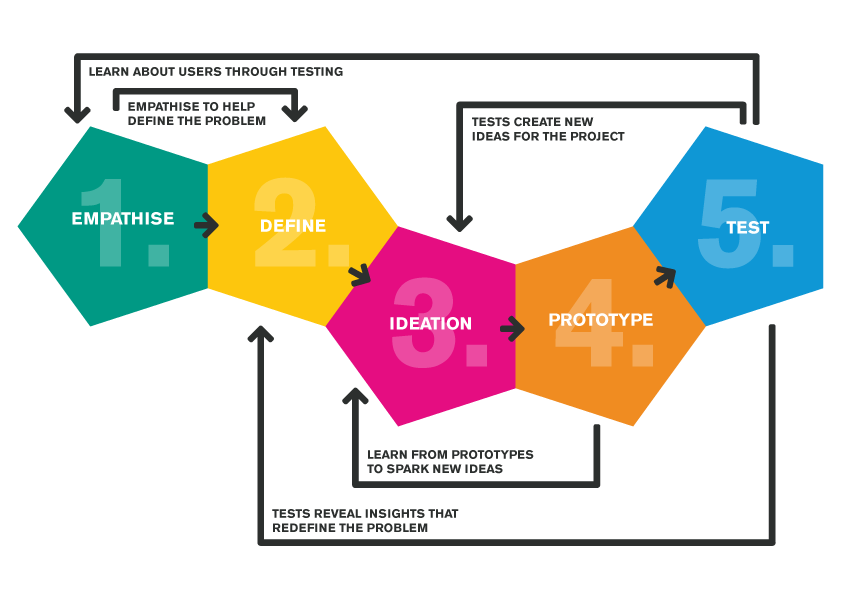Why Design Thinking Matters in Digital Business Strategy
Design thinking is not a new concept, but it’s revolutionising the way we do business across all industries. Find out why.
Design thinking is not a new concept, yet it is currently revolutionising the way we work and operate a business. Some of the biggest design-led companies including Coca Cola, Apple, IBM, and Proctor & Gamble adopt this strategy company-wide and successfully outperforming other companies listed on the S&P 500 over the past ten years by an incredible 219%.
Design thinking definition in a nutshell
The design thinking process is used to creatively solve problems. Rather than relying on historical data or making risky bets, design thinking is a human-centered approach to innovation. It taps into elements such as empathy and experimentation to arrive at inventive solutions, integrating the needs of people, the opportunities of technology and the requirements necessary for business success.
Adopting a design mindset is not about being irrefutably problem-focused. It’s more about being solution focused and action orientated in order to create an ideal future.
The notion of design as a ‘way of thinking’ can be traced from the 60’s across the science, engineering and architecture worlds, later making its way into the business world in Richard Buchanan’s 1992 journal article Wicked Problems in Design Thinking which expressed a far-reaching view of design thinking as addressing stubborn human concerns through design.
Design thinking process as a company-wide strategy
Any professional can employ design thinking in business to achieve extraordinary results. This is because, at its core, design thinking is effective strategy development and organisational change.
Many people make the mistake of thinking design is about “what it looks like”, however, the fundamentals of user experience is made up of three components: How it looks, how it feels and how it works.
Nigel Cross, in his 2007 book, Designerly Ways of Knowing, explains “Everything around us has been designed. It is in fact, one of three fundamental dimensions of human intelligence. Design, science and art work together to form an and, not an or relationship to create the incredible human cognitive ability”.
The fundamentals of design thinking: A nonlinear process
Design thinking needn’t be a solitary task. The process is iterative, flexible and should be focused on collaboration between professionals, business owners, marketing managers, and the users (whether they are using a website, product or service). Emphasis your efforts on bringing the ideas to life based on how real people think, feel and behave.
You can tackle this complex task in a simple way.
- Empathise – deeply understanding the human needs involved
- Define – with empathy on your side, it’s time to redefine or reframe the problem in human-centric ways
- Ideation – Create as many ideas as you and your team can in ideation sessions
- Prototype – roll out scaled down versions of the product or new feature
- Test – rigorously test the completed product or feature and make alterations and refinements as necessary
In this diagram, you can see that this process is nonlinear:
Do you want to incorporate design thinking into your digital strategy? Try our design thinking workshop. Your business can harness the power of design thinking and digital goal realisation in one of iFactory’s design thinking boot camps for beginners. As a full-service, award winning digital and creative agency, iFactory can help you achieve a digital solution that uses design thinking to balance the needs of your business and your target audience. Get in contact with us today.
